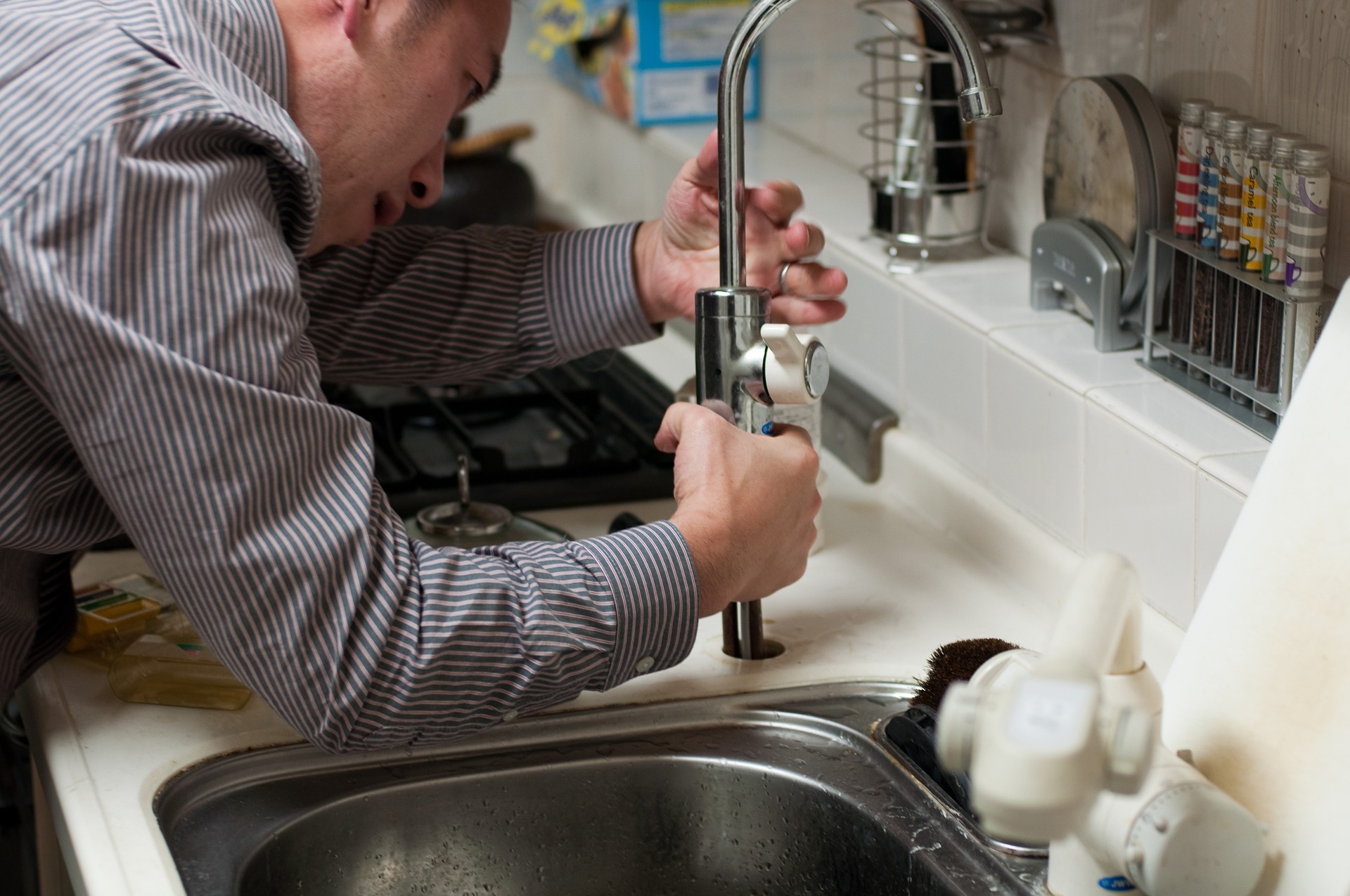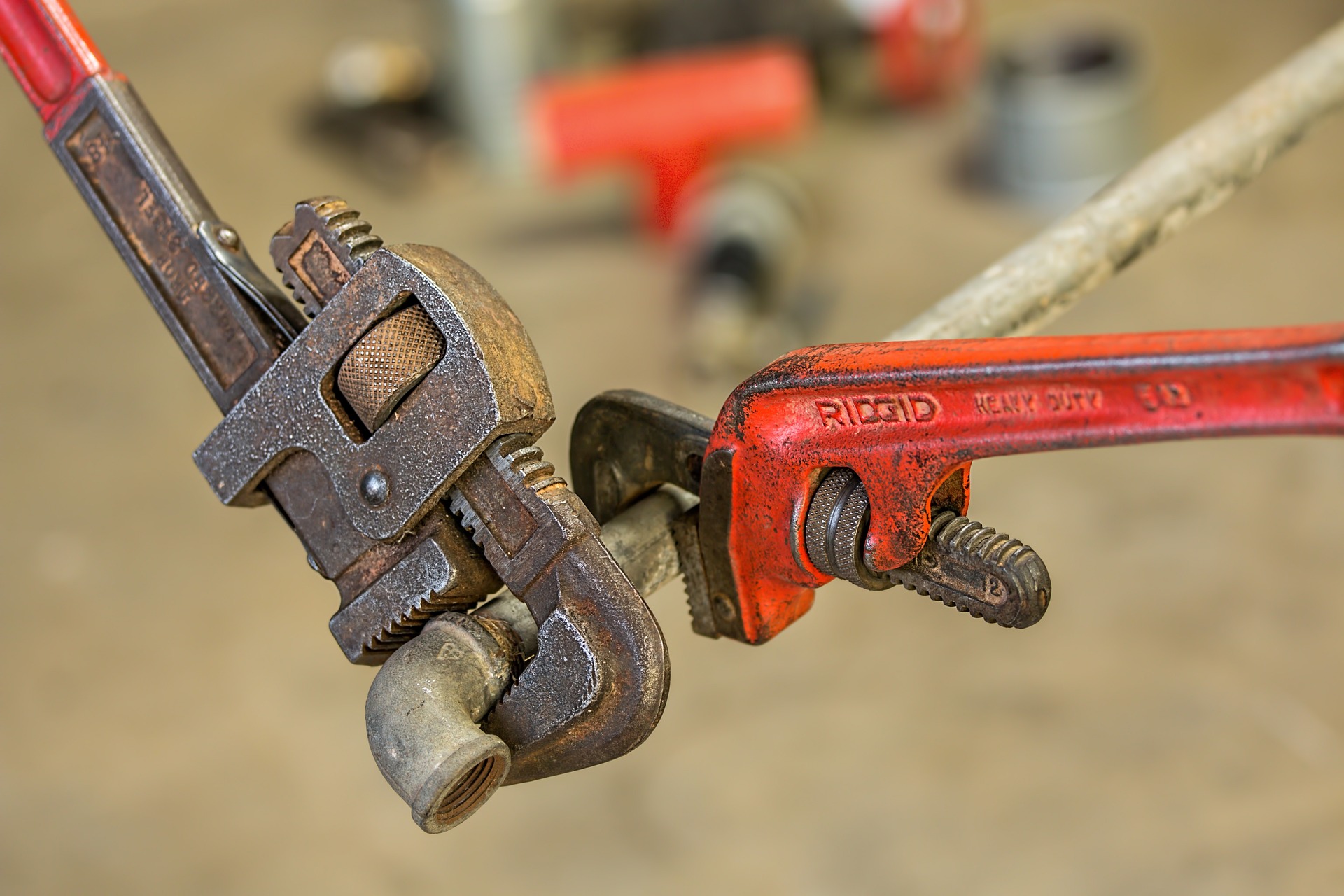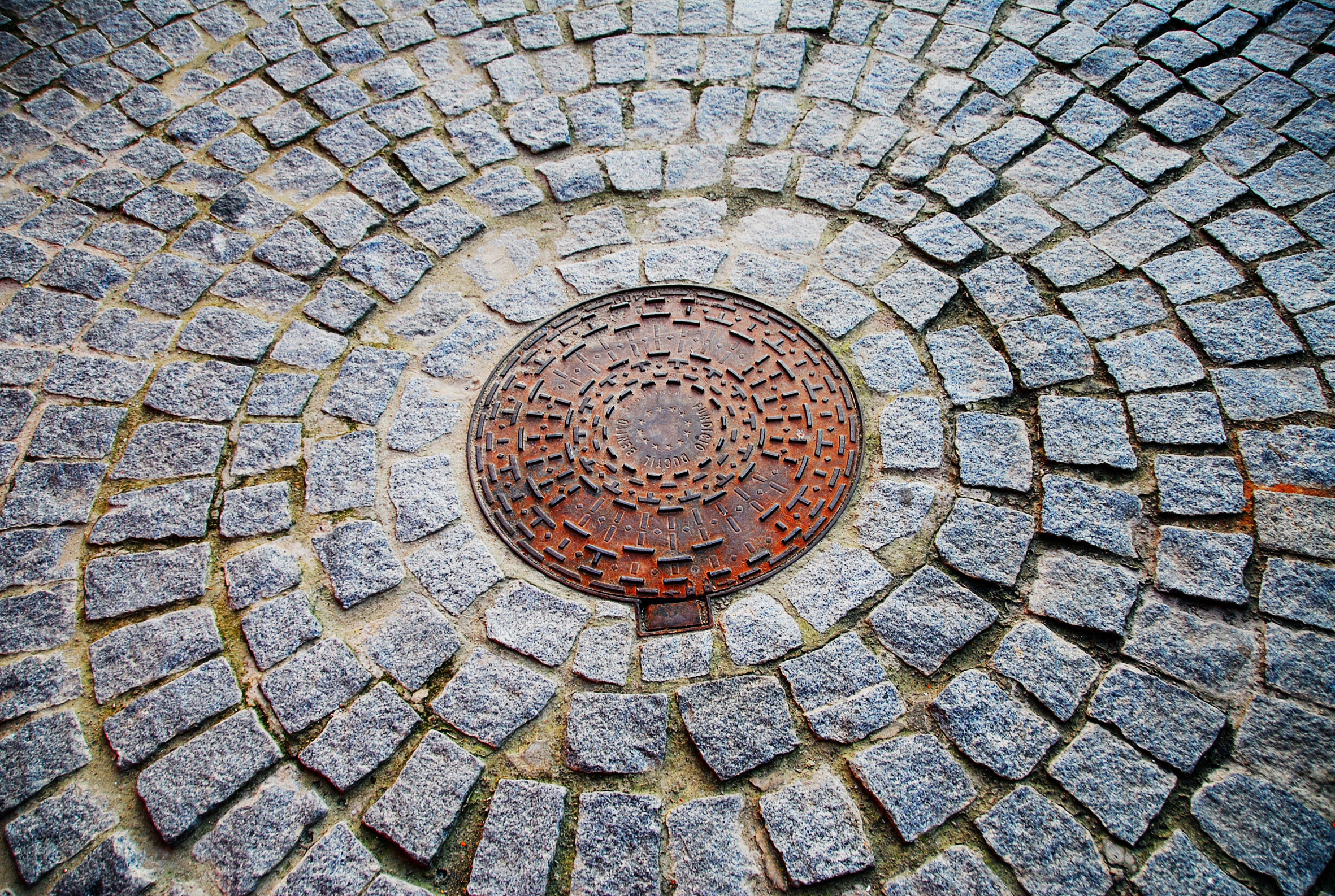When it comes to plumbing services, one of the most important aspects is ensuring that your sewage system is properly connected. The sewer pit is a crucial component of this system, and making sure that it is connected properly is essential to keeping your home or business running smoothly. In this comprehensive guide, we will cover everything you need to know about sewage pit connections, from what they are and how they work to how to properly maintain them.
What is a Sewer Pit?
A sewer pit, also known as a septic tank or cesspool, is a large underground container that is designed to hold wastewater from your home or business. This wastewater contains everything from human waste and cleaning chemicals to food scraps and other debris that flows down your drains. The sewer pit works to separate these solids from the liquid, allowing the liquid to flow out of the tank and into the soil through a series of drainpipes.

How Do Sewer Pits Work?
Sewer pits work by utilizing a complex system of pipes and filtration processes to separate the different elements of wastewater. The solids are separated from the liquid, which is then further processed to remove any harmful chemicals or bacteria before it is released into the soil.
The most important part of the sewer pit system is the connections that link each element together. These connections must be installed properly to ensure that the system operates efficiently and that contamination of the surrounding soil and water is minimized.
How to Properly Connect Your Sewer Pit
Properly connecting your sewer pit involves a few important steps. The first step is to make sure that you have obtained all necessary permits and approvals from the local government. You will then need to excavate the area where the sewer pit will be installed and create a level base for it to sit on.

Once the base is in place, you can begin to connect the various components of the system. This may include installing inlet and outlet pipes, as well as any pump systems that will be used to move wastewater from one location to another.
Throughout the installation process, it is important to utilize quality materials and workmanship to ensure that the connections are strong and secure. This will help to prevent leaks and other issues that can cause damage to your system or lead to contamination of the surrounding environment.
Maintaining Your Sewer Pit Connections
Proper maintenance of your sewer pit connections is essential to ensuring that your system operates effectively over the long term. This involves regular inspections of all system components, including pipes, pumps, and filters, as well as regular cleaning and maintenance to prevent blockages and other issues.
It is important to work with a qualified plumbing professional who has experience working with sewer pits and septic systems to ensure that your system is properly maintained. They can help to identify potential issues before they become major problems, saving you time and money in the long run.
Conclusion
Ensuring that your sewer pit connections are properly installed and maintained is critical to maintaining the health and safety of your home or business. By taking the time to work with a qualified plumbing professional and following the proper installation and maintenance procedures, you can ensure that your system operates smoothly and efficiently for years to come. Remember, if you ever have any questions or concerns about your sewer pit connections, don’t hesitate to reach out to your local plumbing experts.






